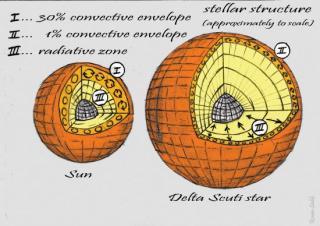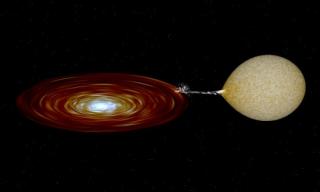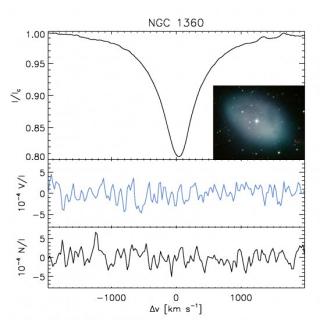The extragalactic background light at far-infrared ( FIR) wavelengths comes from optically faint, dusty, star-forming galaxies in the Universe with star formation rates of a few hundred solar masses per year. These faint, submillimetre galaxies are challenging to study individually because of the relatively poor spatial resolution of far-infrared telescopes but they are responsible for more than 85% of the total extragalactic intensity at these wavelengths. Instead, their average properties can be studied using statistics such as the angular power spectrum of the background intensity
Advertised on


